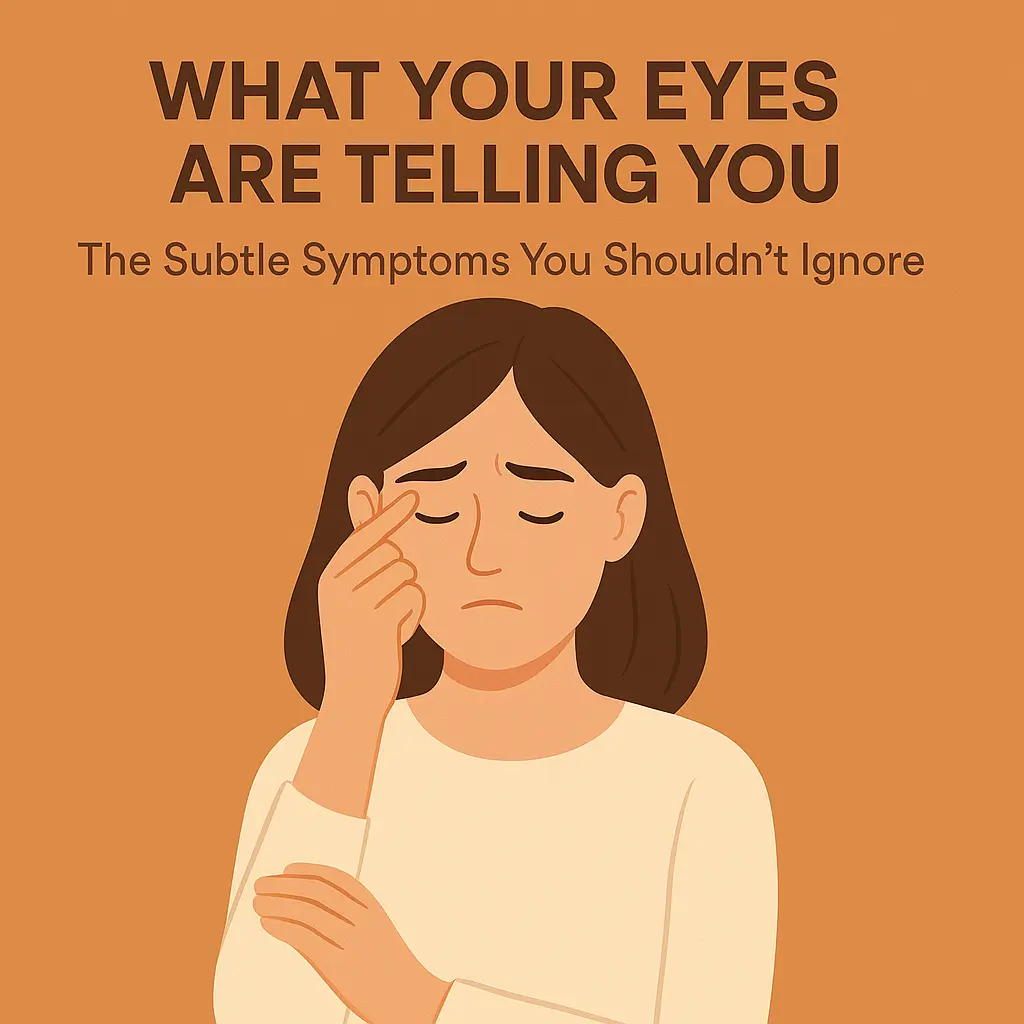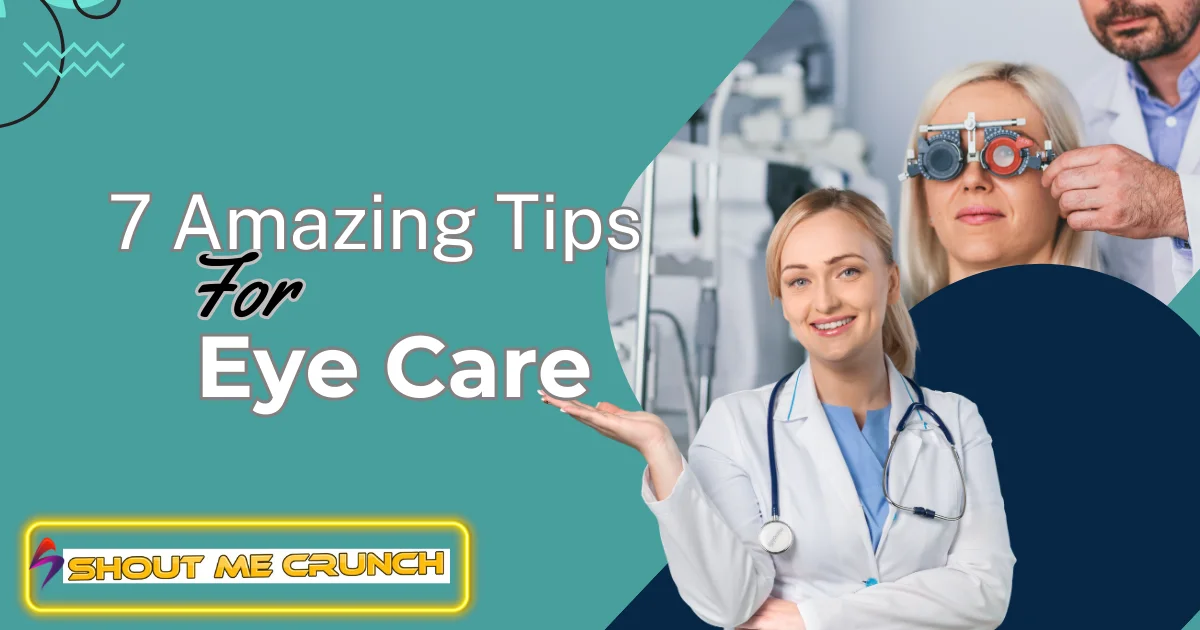From virtual conferences to late-night browsing, almost everything we do depends on displays. Though we’re fast to change our brightness settings, invest in blue light glasses, or even improve our posture for work-from-home life—one important area that often gets overlooked: our eyes.
Eye strain, impaired vision, and regular headaches have become so ubiquitous in the digital era that many people dismiss them as just normal. Ignoring your annual eye exam could, however, mean missing early indicators of serious, correctable problems—those that directly affect your comfort, clarity, and efficiency of movement through daily life.
This essay explores why frequent eye exams are more important than ever and what our eyes actually see in a society heavy in screens.
Contents
The Hidden Costs of Skipping Eye Exams
Most people don’t think twice about a little eye strain or a dull headache after a long day online. But these small discomforts often point to bigger issues—ones that regular eye exams are designed to catch before they interfere with your daily life.
When left unaddressed, even minor vision problems can lead to:
- Chronic fatigue — your eyes work harder to focus, draining mental energy
- Frequent headaches — often caused by squinting, strain, or outdated prescriptions
- Blurry or fluctuating vision — especially while multitasking or switching between screens
- Decreased productivity — it’s harder to concentrate when your eyes aren’t cooperating
- Missed signs of serious conditions — including glaucoma, macular degeneration, or high eye pressure
While skipping tests could save time in the near future, the long run effects could influence everything from your concentration at work to your road safety. Consider it as changing the oil in your car: regular inspections maintain longer, more seamless operation of everything.
Screen Use Has Changed Our Eyes—But We Haven’t Caught Up
Although most of us are not meant to spend eight plus hours a day staring at digital devices, that is exactly what we do. Our eyes are under more strain than they have ever been between work, texting, emails, and entertainment. And although our technology has developed, our approach to vision care has not always followed.
Here’s how screens are quietly changing your eyes:
- Reduced blinking – Screen use dramatically lowers your blink rate, drying out your eyes
- Eye muscle fatigue – Constantly focusing at a fixed distance overworks your ciliary muscles
- Increased light sensitivity – Prolonged blue light exposure can make your eyes more reactive to brightness
- Unnoticed prescription changes – Mild blur or double vision may develop so gradually you don’t realize you’re compensating
Many people equate these problems to being “tired” or “stressed,” but often they are tangible indicators your vision requires expert attention. Long-term strain and damage might start here since the longer you go without a checkup, the more probable these symptoms become to be part of your baseline.
Why Local Vision Care Still Matters in a Digital World
Given how much of our lives take place online, it’s easy to believe that digital tools by themselves can address contemporary difficulties like visual impairments. Though they provide temporary help, blue light glasses and screen filters are not a substitute for a professional eye test.
Beyond just reading charts, comprehensive eye exams assess your general eye condition, identify early indicators of vision-related diseases, and make sure your prescription fits your present need. As screen time increases and symptoms get more subtle and protracted, these tests are increasingly crucial.
Many patients in Idaho depend on eye doctors Boise Idaho to precisely and gently assist them negotiate digital strain, dry eyes, and changing vision needs. Personalized care makes all the difference whether your work from home, gaming, or just spending more time on electronics.
Similarly, in Virginia, routine eye exam Alexandria can uncover early vision changes—usually before they start to affect your long-term comfort or daily output.
Though technology is prevalent, your eye care should still be local, trusted, and customized.
Habits That Help Your Eyes Work Smarter, Not Harder
Here are simple habits to help reduce eye strain and support clearer, more comfortable vision:
- Use the 20-20-20 rule: Spend at least 20 seconds looking at something 20 feet away every 20 minutes.
- Position screens properly. Keep your monitor roughly arm’s length away and just below eye level.
- Change brightness and contrast; match the lighting in your environment to that of your screen to decrease glare.
- Use artificial tears; keep your eyes moist if they seem gritty or dry, particularly in air-conditioned environments.
- blink more frequently. Especially for work involving screens, consciously blinking helps restore your tear film.
- Limit screen time before bed; give your brain and eyes time to relax free from blue light.
- Limit screen time before bed; give your brain and eyes time to relax free from blue light.
- Take actual pauses, not only tab-switching; stepping away entirely helps ease visual and mental tiredness.
These changes may seem small, but when done consistently, they help your eyes work more efficiently—so you can stay focused and comfortable throughout the day.
Clearer Vision, Smarter Living
It’s easy to take our vision for granted in a world when screens rule our job, communication, and leisure time until discomfort becomes inevitable.
Actually, good vision stimulates good thinking. It increases your output, lessens tiredness, and keeps you involved with all that counts most. Regular eye checkups preserve your performance, well-being, and long-term eye health—not only about changing your prescription.
Combining smart daily routines with regular visits from reliable doctors helps you to keep one step ahead rather than only responding to symptoms.
Seeing clearly is more than a luxury in the fast-paced digital world of today; it is a need.





![[Free] Sweden Local Virtual Number Sweden Virtual Number](https://www.shoutmecrunch.com/wp-content/uploads/2022/12/Sweden-Virtual-Number.jpg)


